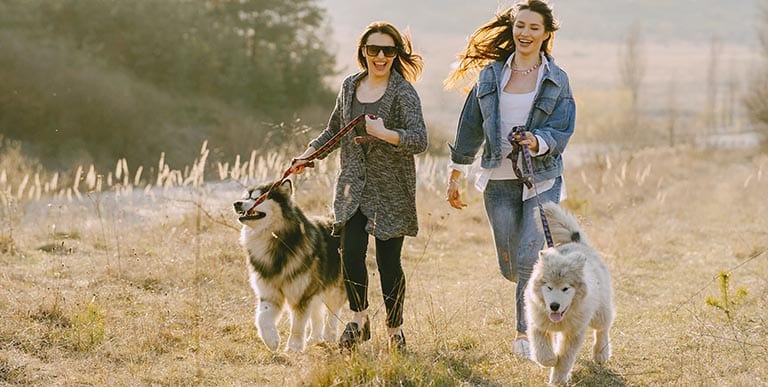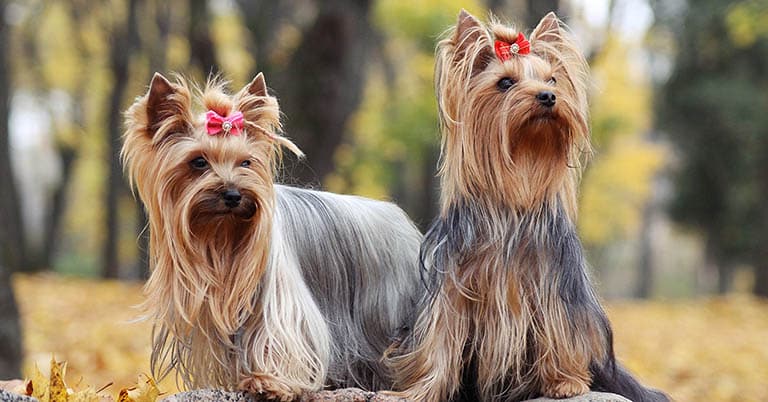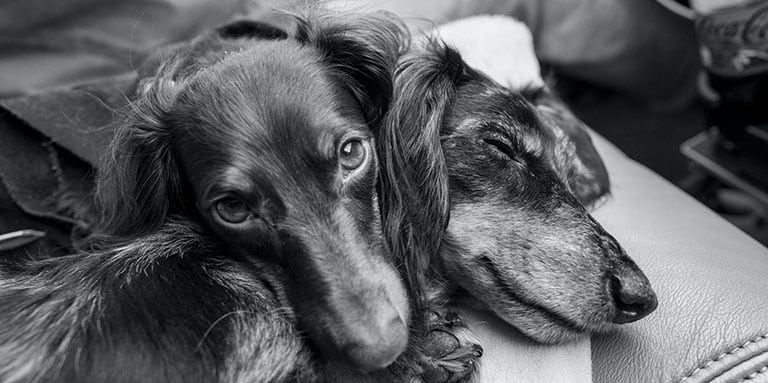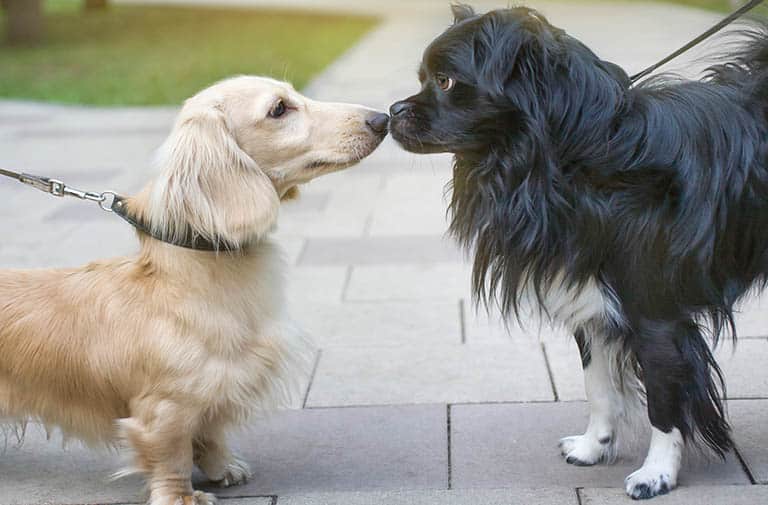Adding a new furry friend into your family requires careful consideration and strategic planning when another dog already resides in the home. There are important steps that every dog owner needs to take to ensure a smooth introduction between the new pet and the resident canine. This blog outlines key steps and gives helpful tips for introducing new pets whether it’s a lively puppy joining an adult dog or bringing a new friend to a previously grieving canine. Through consistent observation, positive reinforcement and an adaptable mindset, you can help create a lasting bond between your pets.
Meet in Neutral Territory
When introducing a new pet to your established dog, we suggest they first meet in neutral territory. A good place is an outdoor park. This helps prevent the resident dog from exhibiting aggression. Canines can instinctively feel the need to protect their territory and home from a new and unfamiliar dog.
Each dog should be walked separately on a leash. Stash high-quality treats in your pockets to reward good behavior or to distract. Begin at a distance where the dogs can see each other without feeling provoked. Keep rewarding positive behavior such as relaxed glances and calm attitudes from both dogs. Give treats and verbal praises as the two pets come closer together to encourage a relaxed atmosphere.

Pay Attention to Body Language & Take a Slow Pace
Pay close attention to each dog’s body language as they begin to interact in close proximities. Intervene calmly if defensive signs like raised fur or growling are being displayed by either canine. If observed, calmly redirect their focus and distance them. Let the dogs determine the pace and avoid forced interactions. Respect the comfort levels of each dog and only proceed if it is safe.
After establishing that both canines are good at a close distance, assess their compatibility by observing how well they walk both behind and beside each other. If they demonstrate positive behavior, cautiously proceed with direct interaction. Maintain close supervision throughout the process and be ready to intervene if tensions between the two dogs begin to rise.
Transitioning to a Home Environment
Transitioning the introduction to the home environment involves using a sturdy baby gate. Keep dogs separate on either side of the safety gate. This arrangement makes it easier for the resident dog to get used to the presence of the new dog. Observe them as they interact on opposite sides of the gate and continue to reinforce positive behavior with treats and praises. Remove any potential triggers like toys, food, water bowls or chews that could lead to possessive conflicts between the two dogs. Closely monitor their time together.
During the first few weeks, maintain a normal routine to minimize stress. Consider giving the resident dog their meals as usual and feeding the new dog in a separate room in order to avoid food-related conflicts. Keep an eye out for behaviors that display anxiety like growling or snapping. Gradually, they should learn to tolerate each other. If issues persist, seek guidance from a professional dog trainer or animal behaviorist.
Bringing a Puppy Home to an Adult Dog
Older dogs may be more hesitant to accept a puppy as a new addition in the home. After the initial meeting in a neutral place and successfully walking by each other without any problems, the next step is to bring the puppy into the home without the older dog seeing you do this action. The older dog may get territorial if it sees the new puppy walk into what they see as only their house. However, if the adult canine walks in and already sees the puppy present in the home, then they are much less likely to become aggressive. Keep the baby gate up as they get used to each other’s presence in the same space.
Monitor their interactions closely, as puppies may not be able to grasp the older dog’s social cues. Be proactive in correcting the puppy’s behavior to send a positive message to the older dog that bad manners from the puppy are not going to be tolerated.
While the excitement of a new puppy is undeniable, it’s important to not neglect the emotional needs of the adult dog. Spending quality time alone with the older canine helps encourage feelings of love and prevents potential jealousy issues.

Introducing a New Pet to a Grieving Dog
The timing of getting a new canine companion for a grieving dog depends on the individual animal. Some dogs do very well with being introduced to a new furry sibling quickly after the passing of the old one, but others may need time and space to experience their grief. Gauge your dog’s comfort level by observing their interactions in a dog park or during a doggie playdate. If they seem happier when around another canine, then you know they are ready to have another dog in the home.
When actively seeking a new pet, involve your resident dog in the selection process. If a shelter allows, bring your dog along and observe their reactions to the canines they pass. Another option is to set up a meeting between the two dogs. The introductions can take place in the building of the shelter, rescue or reputable breeder. It can also happen in a nearby park.
Introducing Dogs of the Same Sex
Opposite-sex dogs tend to coexist more harmoniously in the same household than those of the same sex. Two females or two males may engage in more aggressive fights as they strive for dominance. Jealousy also adds to the tension.
The success of the standard introduction steps between dogs of the same-sex depends heavily on their individual temperaments. If both exhibit more submissive personalities than overly dominant ones, they may be more compatible. Having a sibling or parent/child connection can contribute to a more peaceful living arrangement.

Pets Not Previously Accustomed to Other Animal Companions
A canine accustomed to solo living may need a more patient and though out approach to the introduction of a new pet. Acknowledge and respect the established routine and personal space of your dog and allow them time to get used to the new animal’s presence. Patience is crucial in these situations, as the adjustment period may be more extended compared to a dog accustomed to constant companionship.
Watch their interactions. Once your dog shows signs of acceptance, gradually encourage shared activities with the newer pet. Prioritizing the comfort of the dog less accustomed to socialization helps the introduction process become a smoother and more positive experience for both dogs.
Lifelong Canine Companionship
The success of an introduction between two dogs hinges on patience, observation and commitment to positive reinforcement. Initial neutral encounters and controlled home interactions work best when the process goes at a gradual pace. Prioritizing the comfort of both pets puts them on the path for a joyous and and long lasting companionship.
To learn more on how to find the right new pet for your family read this blog here.




